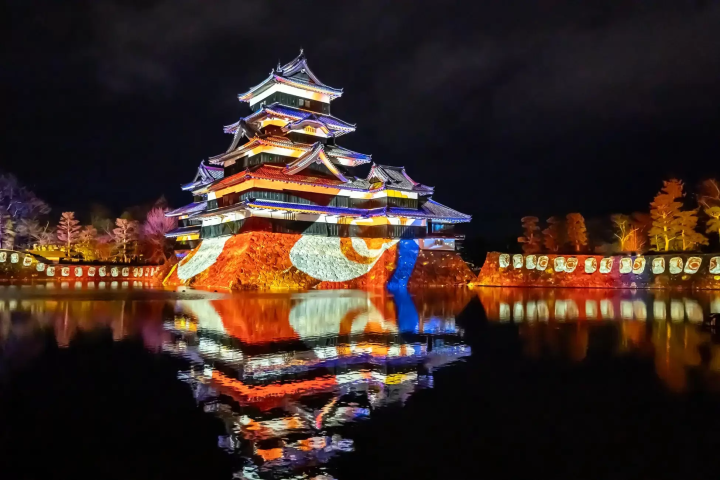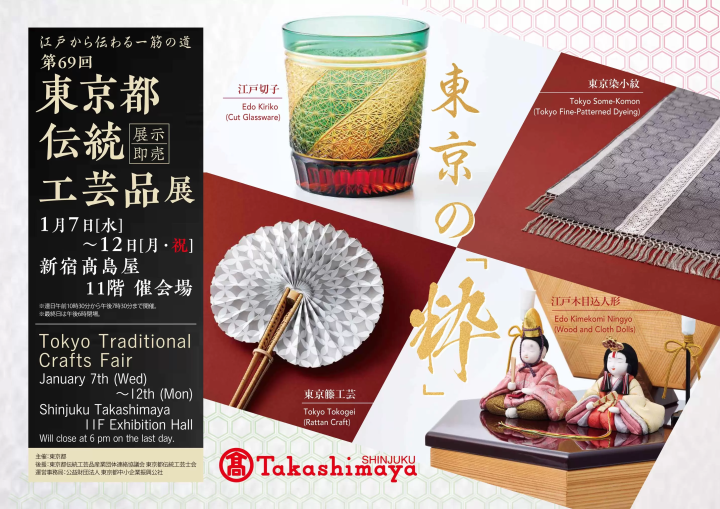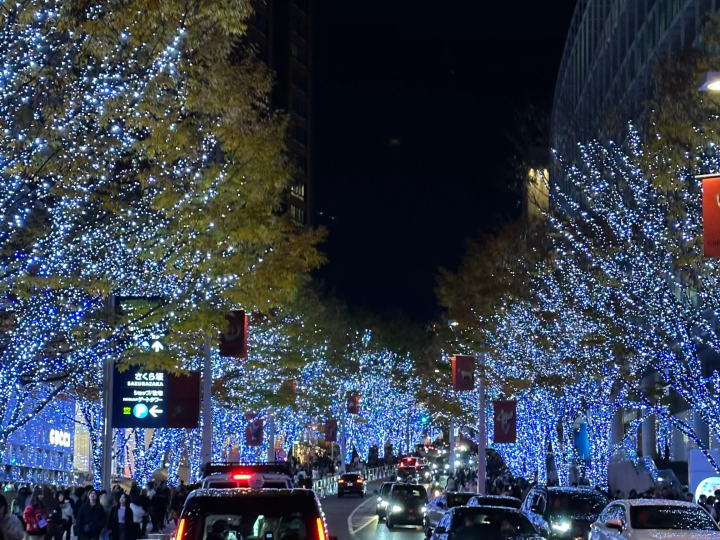[Chiyoda Gunma Prefecture] A little-known temple, Akaiwayan Koonji Temple
![[Chiyoda Gunma Prefecture] A little-known temple, Akaiwayan Koonji Temple](https://resources.matcha-jp.com/resize/720x2000/2025/02/05-222655.webp)
With over 1,000 years of history, Akaiwasan Koonji Temple is a precious ancient temple in the Kanto region. With plenty to see, including a 70-tatami dragon ceiling painting, a 5-meter reclining statue, and a Nagayamon gate dedicated to academic success, there is something new to discover every time you visit. Be sure to visit this temple, where history, culture, and architectural beauty come together.
What is Akaiwayan Koonji Temple?
Akaiwayama Koonji Temple is a Shingon Buddhist temple located in Chiyodamachi, Oura County , Gunma. The current head priest has been the head priest for 84 generations, and the temple is considered one of the few sacred places in the Kanto region with a history of over 1,000 years.
Its origins date back to the Nara period, when Kobo Daishi (Kukai) stayed in the area in 814 and rebuilt it as a training center for Esoteric Shingon Buddhism. Since then, Koonji Temple has been passed down as a temple of the Koyasan Shingon sect, which regards Kobo Daishi as its founder.
Attractions
◎ 70-tatami giant dragon ceiling painting: A spectacular sight!
When you step into the main hall, the first thing that catches your eye is the huge ceiling painting of a dragon, which spans an area of 70 tatami mats. The dragon exudes a strong presence as the guardian deity of the temple, as if watching over the worshippers from the ceiling.
![[Chiyoda Gunma Prefecture] A little-known temple, Akaiwayan Koonji Temple](https://resources.matcha-jp.com/resize/720x2000/2025/02/05-222651.webp)
5-meter Golden Reclining Buddha Statue: Experience the World View
Inside the main hall, you will find a 5-meter tall statue of Shaka Nyorai in nirvana. This space was designed by world-renowned architect Takaharu Tezuka, and is a religious space that recreates the Shaka Nyorai statue in nirvana in three dimensions. You will be so moved by its majestic appearance that you will be left speechless.
![[Chiyoda Gunma Prefecture] A little-known temple, Akaiwayan Koonji Temple](https://resources.matcha-jp.com/resize/720x2000/2025/02/05-222656.webp)
Amida Triad: An important cultural property surrounded by pure air
The Amida Hall houses a statue of Amida Nyorai, believed to have been erected during the Kamakura period. This statue, designated as an Important Cultural Property by the prefecture, continues to soothe the hearts of visitors even after so many years.
Bamboo forest: A fantastical space swaying in the wind
A beautiful bamboo forest surrounds the main hall, and the elegant sounds of the bamboo can be heard every time the wind blows. It's a quiet and relaxing space, as if you've wandered into another world.
![[Chiyoda Gunma Prefecture] A little-known temple, Akaiwayan Koonji Temple](https://resources.matcha-jp.com/resize/720x2000/2025/02/05-222653.webp)
Nagayamon Gate, affectionately known as the "Gate of Success"
Within the temple grounds is the Nagayamon Gate, known as the "Gate of Success." It is said that passing through this gate will bring you good fortune in your academic success, and many students and those about to take qualification exams visit the gate.
![[Chiyoda Gunma Prefecture] A little-known temple, Akaiwayan Koonji Temple](https://resources.matcha-jp.com/resize/720x2000/2025/02/05-222652.webp)
This Nagayamon gate has a special history. It is said that Japan's first female doctor, Ogino Ginko, passed through this gate with the determination to make her wish come true when she left the countryside to move to Tokyo. Passing through this gate while feeling her strong will to pave the way in an era when women were not allowed to become doctors will be a special experience.
Access Information
• Location: 1041 Akaiwa, Chiyoda-machi, Oura-gun, Gunma Prefecture
• Access:
[Car] 30 minutes from Tatebayashi IC on the Tohoku Expressway
【public transport】
・Get off at Kawamata Station on the Tobu Isesaki Line and take a 10-minute taxi ride
・Get off at "Tatebayashi Station" on the Tobu Isesaki Line, then take a taxi for 20 minutes
・Get off at "Fukiage Station" on the JR Takasaki Line, then take a taxi for 25 minutes
Gunma Prefecture is located in the center of Japan, northwest of Tokyo. It is known for its hot springs, ski resorts, and abundant nature that can be enjoyed just a short distance from Tokyo. Gunma is dotted with attractive hot springs surrounded by beautiful natural scenery such as mountains, marshes, and lakes. It is therefore ideal for those who want to relax away from the hustle and bustle of everyday life and enjoy outdoor activities to refresh their mind. Meanwhile, in small cities where the traditions of sericulture and crafts remain strong, you can immerse yourself in Japanese culture. It takes about an hour to get to Takasaki City, Gunma's central transportation hub from Tokyo by Shinkansen, so you can enjoy sightseeing on a day trip. However, you can also immerse yourself in the charm of Gunma by staying for several days in a wide range of accommodations.
The contents on this page may partially contain automatic translation.




































